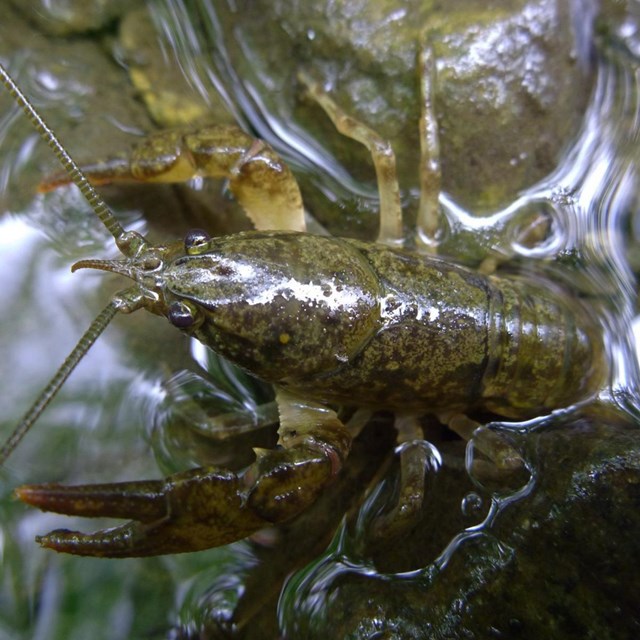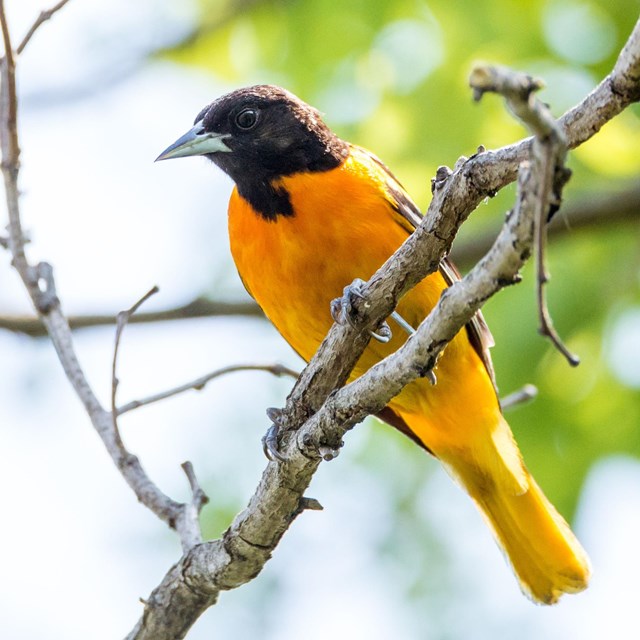Water, forest vegetation, birds, fish, air quality—these are some of the park "vital signs" chosen by park and partner scientists for us to monitor.
Vital signs are particular species, habitats, landscapes, and abiotic factors (e.g., water, air, soil) that help indicate the overall health or condition of park ecosystems. These key elements, and their associated processes, are part of what park managers are charged with conserving "unimpaired for the enjoyment of future generations."
Knowing if and how key resources are changing can help park managers develop sound approaches for management, restoration, and mitigation.
Our Vital Signs
-
 Air Quality
Air QualityPark managers benefit from knowing the type and extent of various air pollutants in order to evaluate their impacts on park resources.
-
 Benthic Macroinvertebrates
Benthic MacroinvertebratesThis diverse group of creatures occupies stream beds and is a vital component of all healthy stream ecosystems.
-
 Breeding Birds
Breeding BirdsMany network parks have birds that are declining throughout their range, highlighting the need for understanding their status and trends.
-
 Fish
FishThe relatively pristine and high elevation streams found in Shenandoah currently support increasingly rare coldwater fish communities.
-
 Forest Vegetation
Forest VegetationAll Mid-Atlantic Network parks have forests that form an essential part of the landscape and provide habitat for a diversity of wildlife.
-
 Water Quality & Quantity
Water Quality & QuantityMonitoring water quality & quantity helps the National Park Service fulfill its duty to protect pristine (or improve impaired) park waters.
-
 Weather & Climate
Weather & ClimateClimate is a dominant factor driving the physical and ecologic processes affecting Mid-Atlantic Network parks.
Source: NPS DataStore Collection 4344. To search for additional information, visit the NPS DataStore.
Last updated: December 19, 2018
